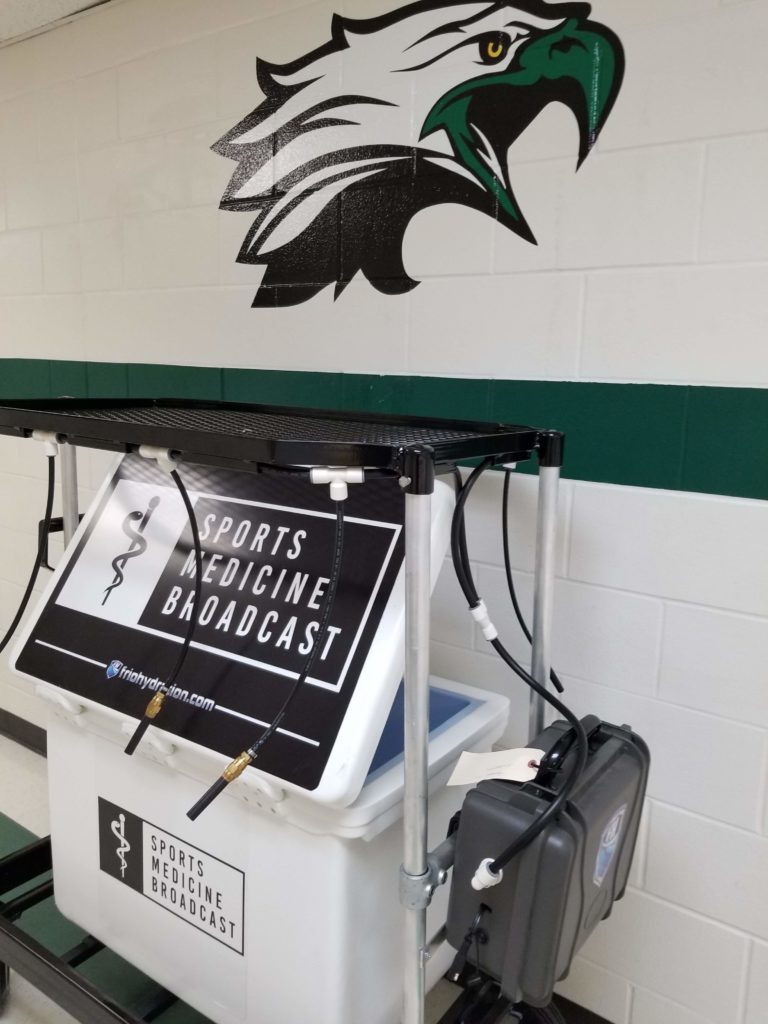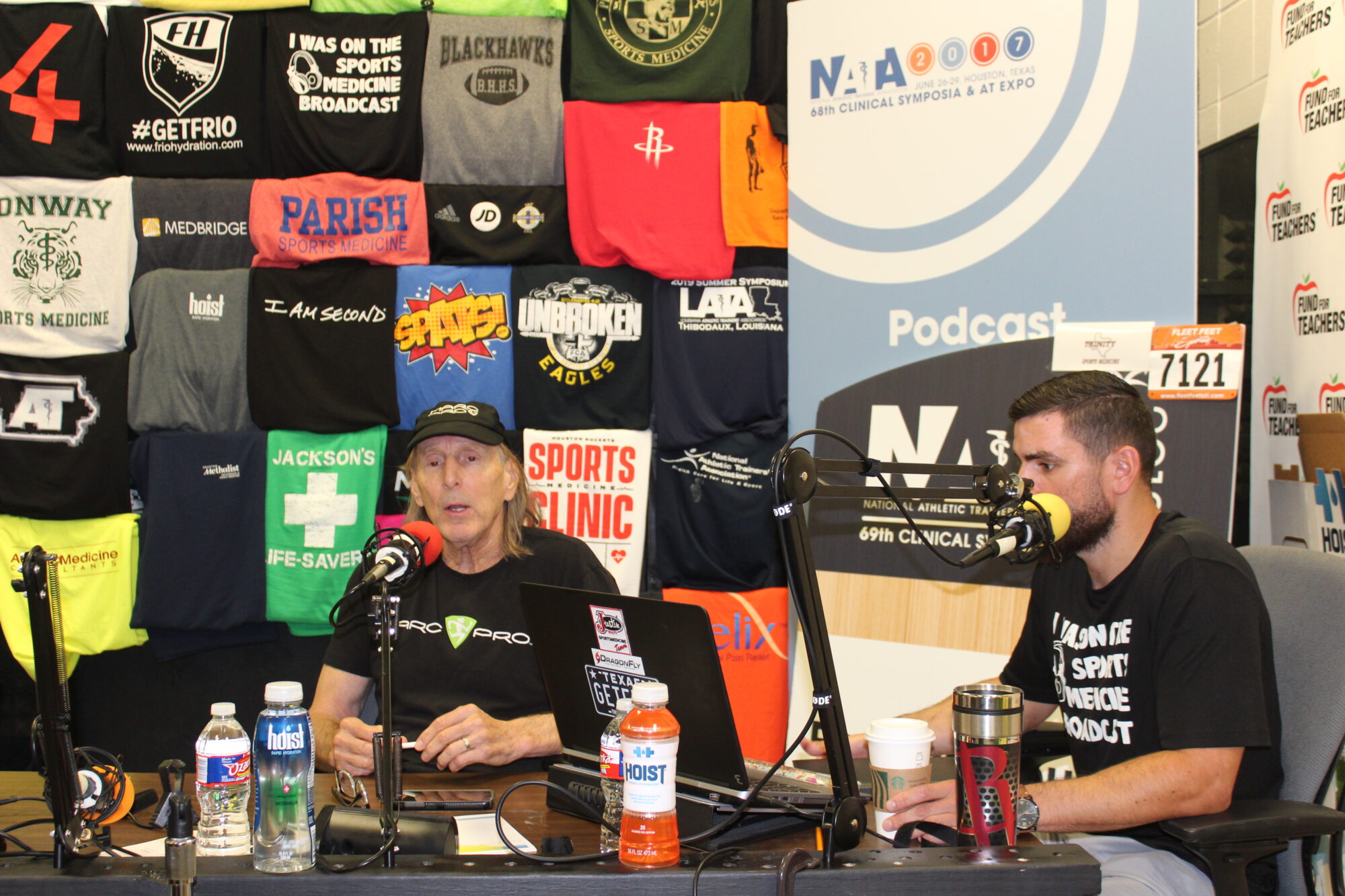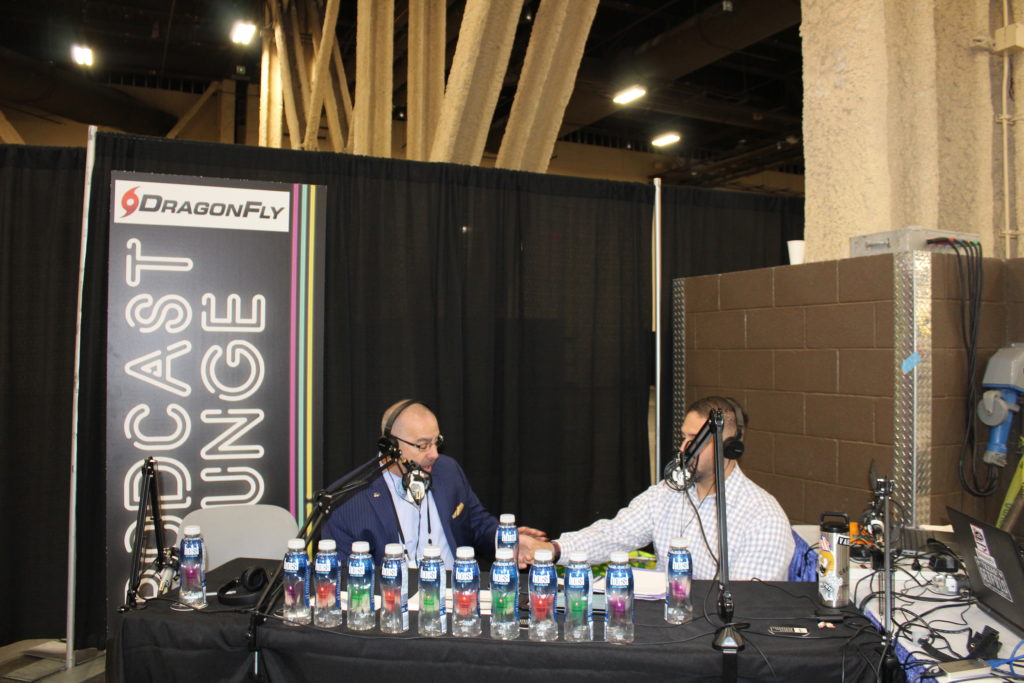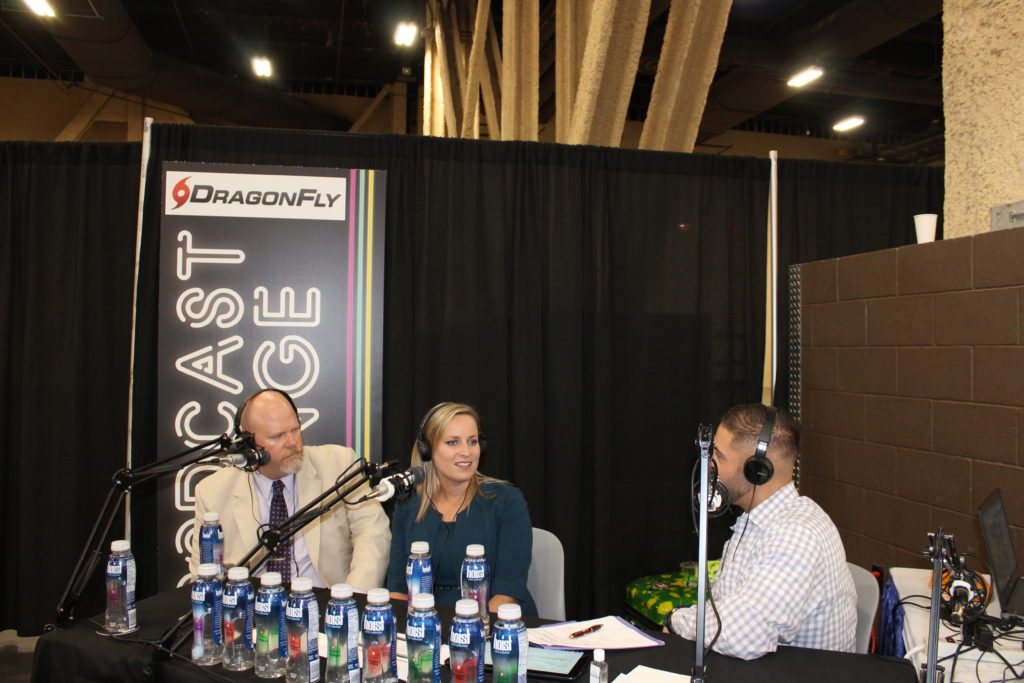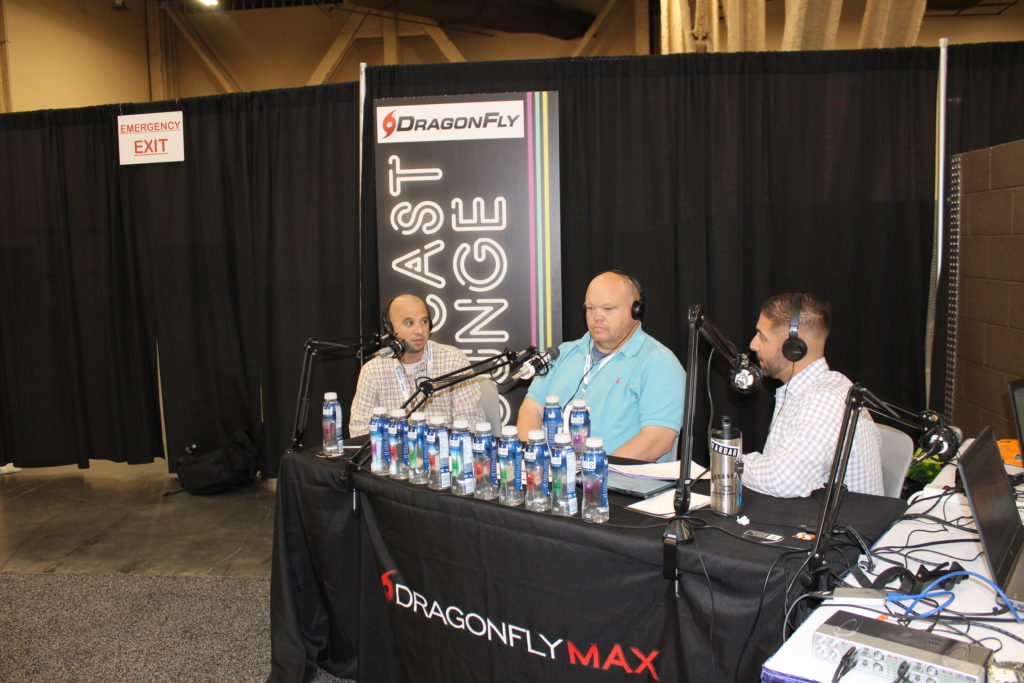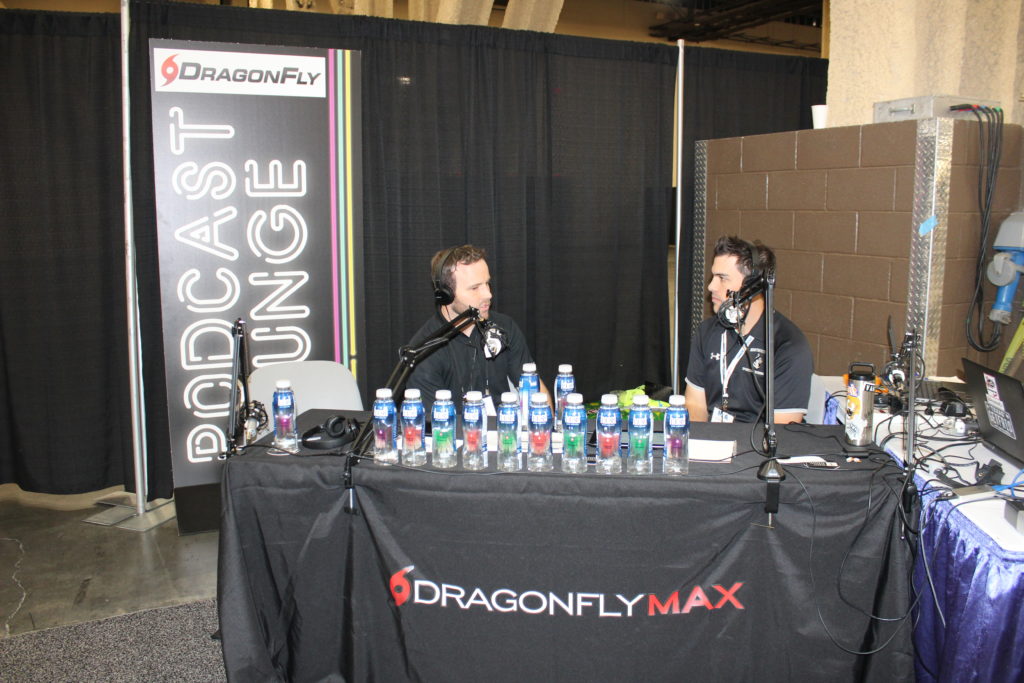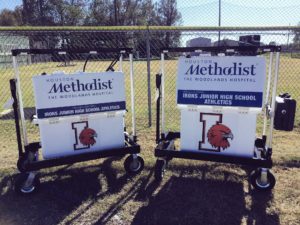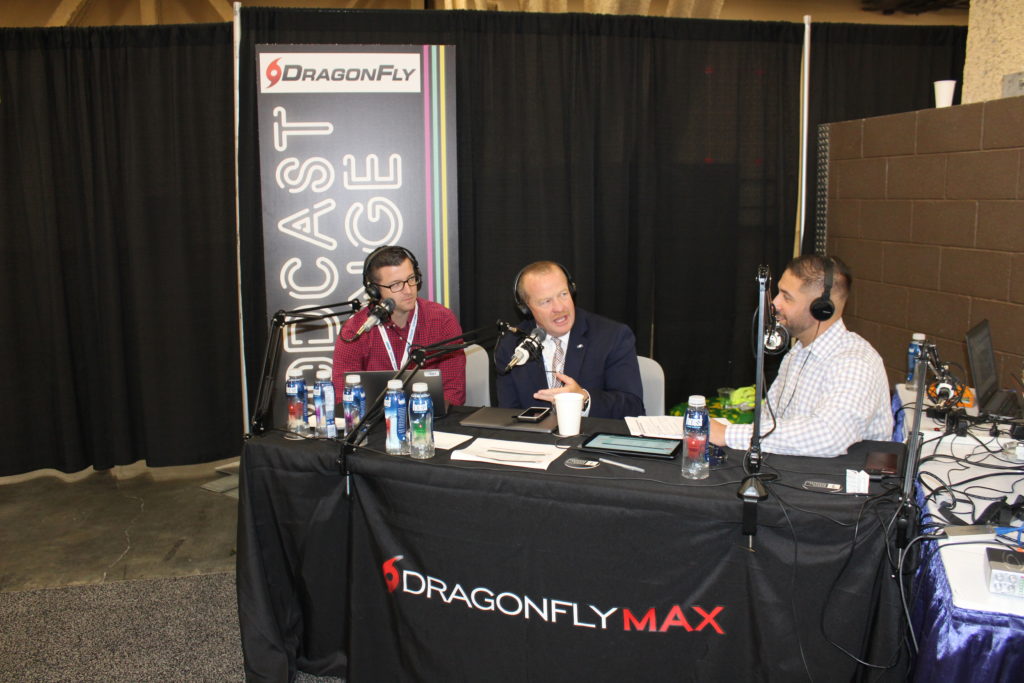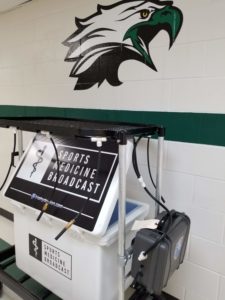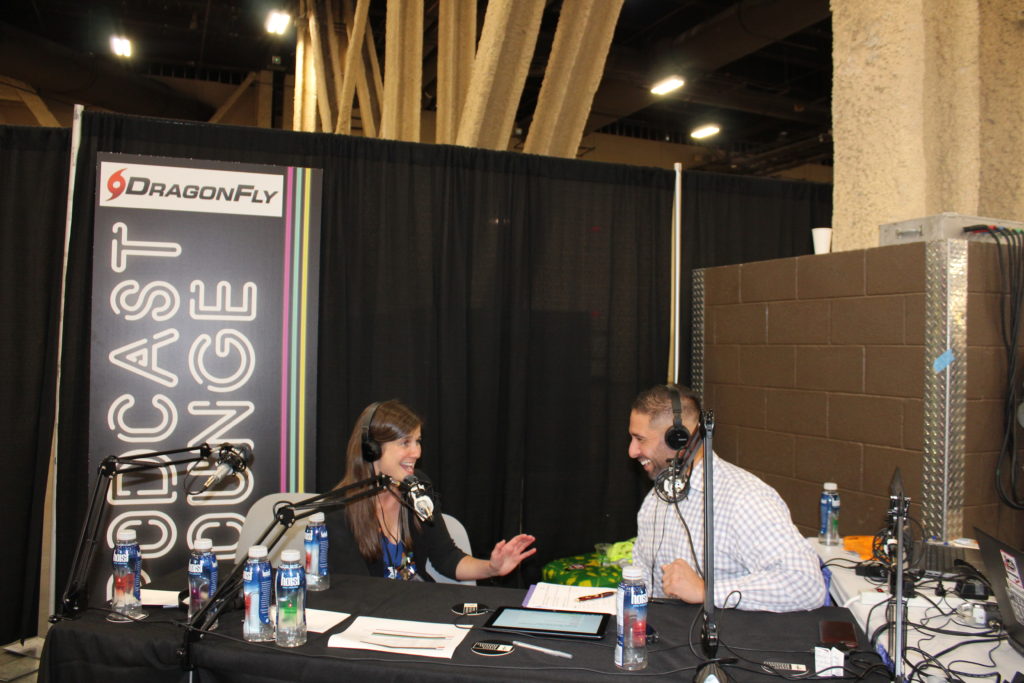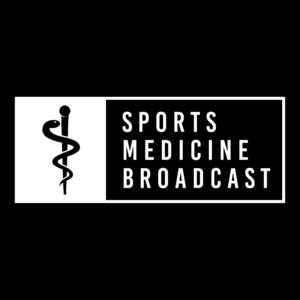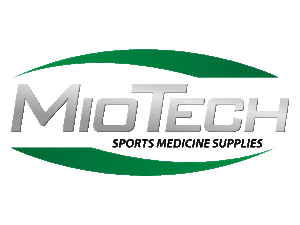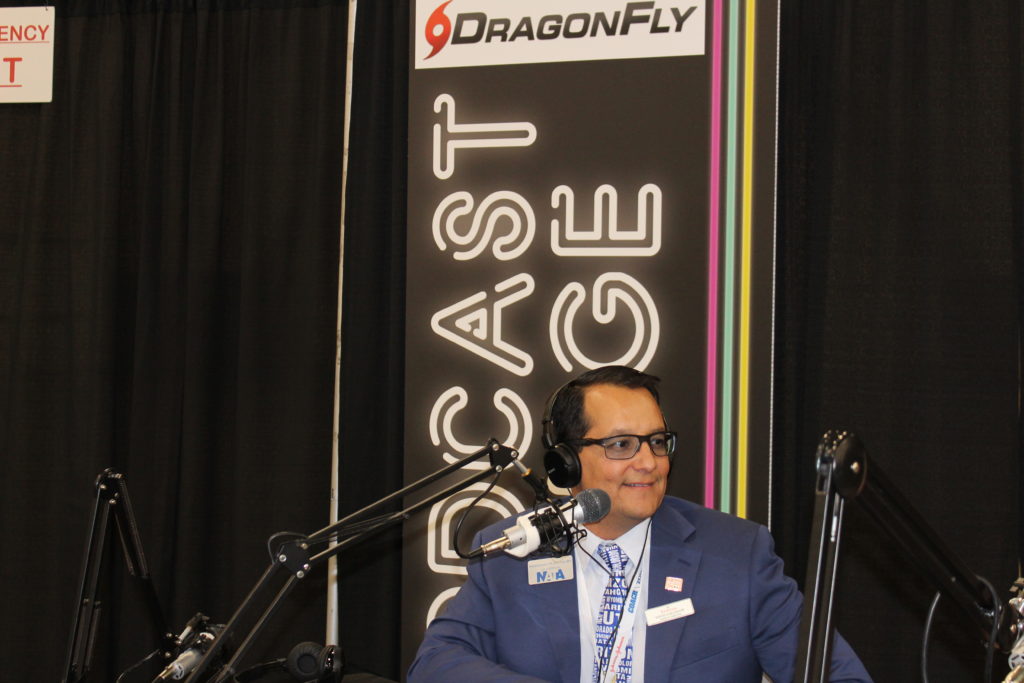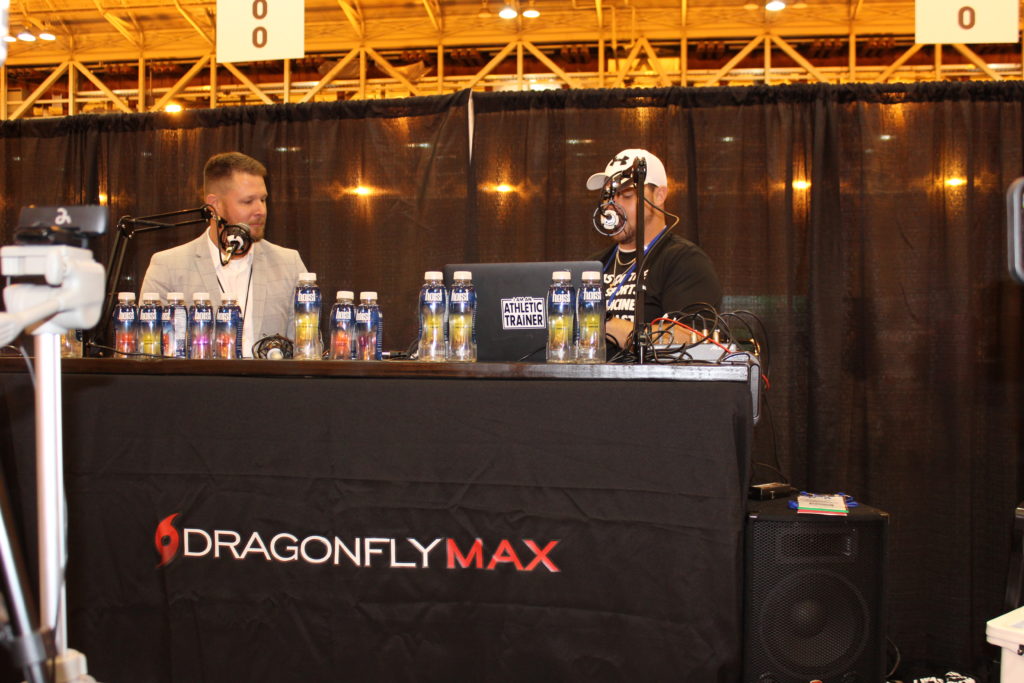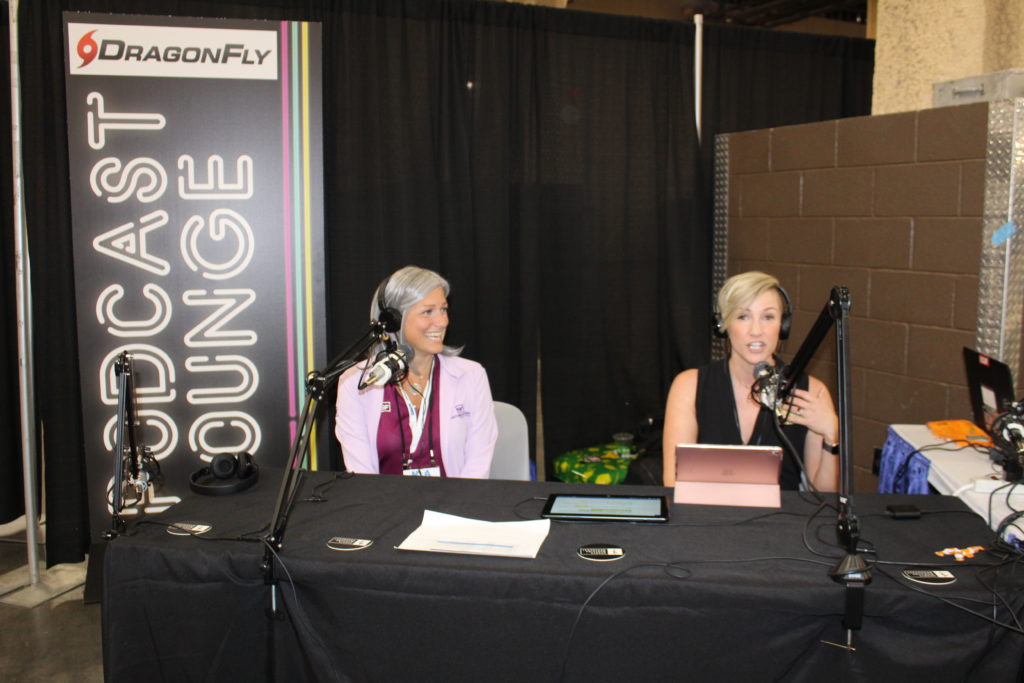Podcast: Play in new window | Download
What do you know about Dance Medicine?
Jatin Ambegaonkar joins Sarah Gill live in the expo hall in Las Vegas during the 2019 NATA Convention.
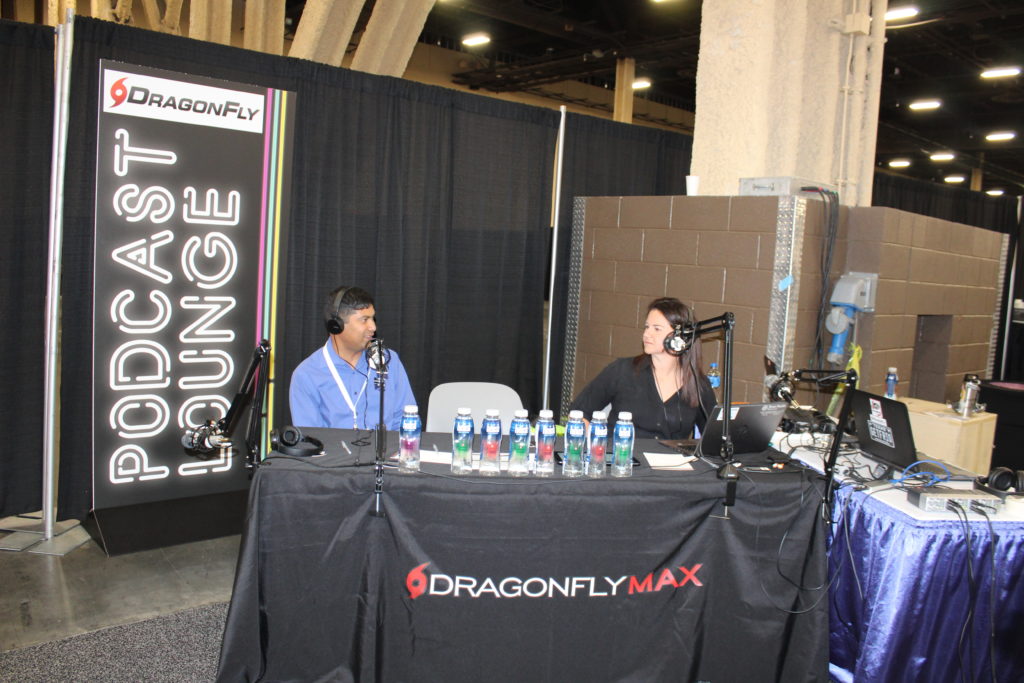
What are y'all doing at George Mason
Started in 2007 with a strong dance program, but no medical support.
Documentation!!!! This showed it needed a more a attention and resources for the performing arts facility
Clinical and research area fed off each other
Aesthetic Athletes
How does this impact the way you work with the athletes?
It changes a lot of things…nobody cares what an NBA player looks like jumping and landing.
These athletes need to know their maximum and work below that…what is the maximum you can perform and still maintain your game face
It needs to look effortless and easy
We as AT are tasked to knowing when to push through and when to back off. Jatin, how do we know where the line is?
They need to recognize the 5 signs of inflammation
Heat
Swelling
Redness
Loss of function
Pain
Only 28% of dance athletes have specific healthcare access
We are focusing on empowering them to know when and how to reach out
How is your interaction with your instructors, choreographers?
Similar to a coach, but possibly a stronger bond to coach than the health care provider
Talk some more about your SMART lab
Collaborative endeavor: Sports Medicine Assessment Research and testing lab
15 years old now
Performance improvement across the life span of physically active people
Determine the quality of life the patient desires
Looking at dance to reduce the risk of obesity in middle schools
Focuses on benefiting the athletic community as a whole.
Recommendations for a small school or dance medicine clinic?
The buy-in is more important than the actual facility or equipment.
KEY – recognize who these people are and what the demands placed on their body
Pilates reformer
A full-length mirror is very important for this crowd.
Standard basic injury care gear
What does return to activity after concussion in the performing visual arts
No consensus yet
Focus on return to learn
Mimic the athletics model – warm-up at a symptom-free, gradual return to participation.
Most concussions for dance are in training rather than the performance which is the opposite of athletics.
Early Return to Activity –
Issues with the cognitive portion
Take-Home Points
- Recognize there is a need for the healthcare of this population.
- How to speak their language and listen to them
- Treat them as a whole person rather than an ankle injury or knee injury
- Allowing them to work around the team decreases the social isolation and improves recovery more in this population
Does Jatin Dance?
At weddings he can get down and enjoys himself…even if others do not. It is about having fun
Not everybody needs to be a good performer to dance.
Other Dance Medicine podcasts
Dance Medicine with Daria & Carina – 457
Jatin – jambegao@gmu.edu
Facebook
Twitter
Sarah Gill – On IG @SarahGillATC
Jeremy Jackson – Host of The Sports Medicine Broadcast
John Ciecko – jciecko@bloomfield.org
Alisha M Pennington – alisha@theatvantage.com
Mike McKenney – m.mckenney@northeastern.edu
Mike Hopper – Mike.Hopper@bishoplynch.org
Clint Sanders – clint@dragonflyathletics.com
These people LOVE Athletic Trainers and help support the podcast:
Frio Hydration – Superior Hydration products.
Donate and get some swag (like Patreon but for the school)
HOIST – No matter your reason for dehydration DRINK HOIST
MedBridge Education – Use “TheSMB” to save some, be entered in a drawing for a second year free, and support the podcast.
Marc Pro – Use “THESMB” to recover better.
Frio Hydration – Superior Hydration products.
Donate and get some swag (like Patreon but for the school)
HOIST – No matter your reason for dehydration DRINK HOIST
MedBridge Education – Use “TheSMB” to save some, be entered in a drawing for a second year free, and support the podcast.
Marc Pro – Use “THESMB” to recover better.
